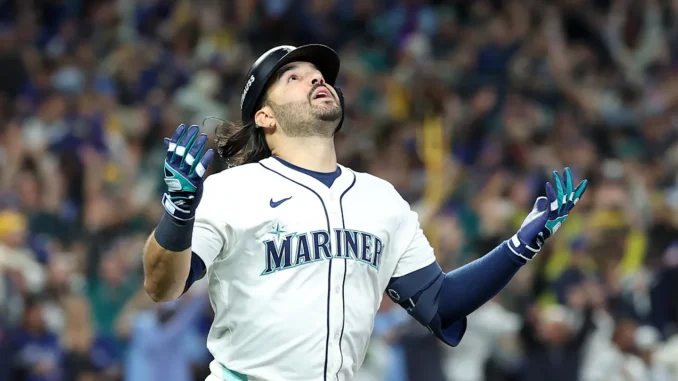
The Seattle Mariners enter this offseason with a relatively simple—yet important—set of goals. At the top of their shopping list is finally locking down a long-term answer at first base, and all indications are that the organization would prefer to bring back Josh Naylor rather than experiment with short-term or stopgap options.
The next priority is upgrading third base, an area the club has struggled to stabilize since moving on from Eugenio Suárez. Beyond the infield corners, the Mariners want to strengthen the bullpen, specifically by finding a dependable left-handed reliever who can be trusted in high-leverage situations.

The last item on the agenda is determining how to handle the backup catcher role—whether to continue with internal depth or explore an inexpensive external signing.
More: Mariners land Tigers’ Tarik Skubal in 7-player blockbuster trade proposals
These four tasks essentially define Seattle’s offseason blueprint. But as the front office weighs how to allocate resources, the market unexpectedly revealed a player who could solve multiple needs at once—without requiring Seattle to trade valuable prospects for a short-term rental or compromise roster flexibility.
That opportunity comes in the form of infielder Ha-Seong Kim, who quietly became a free agent and now presents an intriguing fit for several of Seattle’s roster challenges.
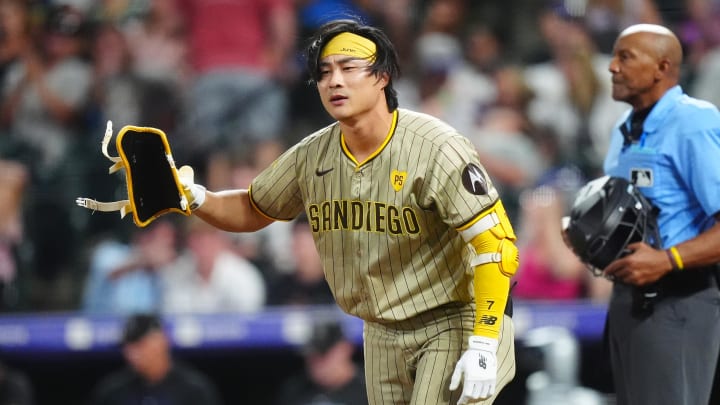
Kim became available after declining a $16 million team option held by the Atlanta Braves. The decision ends a strange, winding year for him—a campaign that never unfolded the way either side envisioned. Before landing briefly in Atlanta, Kim signed a two-year deal with the Tampa Bay Rays, who expected him to anchor multiple infield spots and provide defensive reliability while offering underrated value at the plate.
However, injuries derailed much of that plan. Kim missed significant time early, limiting his ability to fully establish himself with Tampa Bay. Then late in the season, the Braves claimed him off waivers in a strategic depth move, hoping his contact skills and defensive versatility could support their push down the stretch.
More: Red Sox did not utilize the tool, officially cut ties with starting pitcher
Because the season was fragmented by setbacks and limited opportunity, Kim never truly had the chance to showcase his full value in 2025. Still, teams around the league know what he brings: Gold Glove–caliber defense at third, short, or second base; a track record of playing above-average, winning baseball; and a competitive makeup that fits well within a postseason-focused clubhouse. Kim is not the type of player who overwhelms with power numbers, but he brings elite consistency, strong discipline at the plate, and the ability to help a roster in several ways.
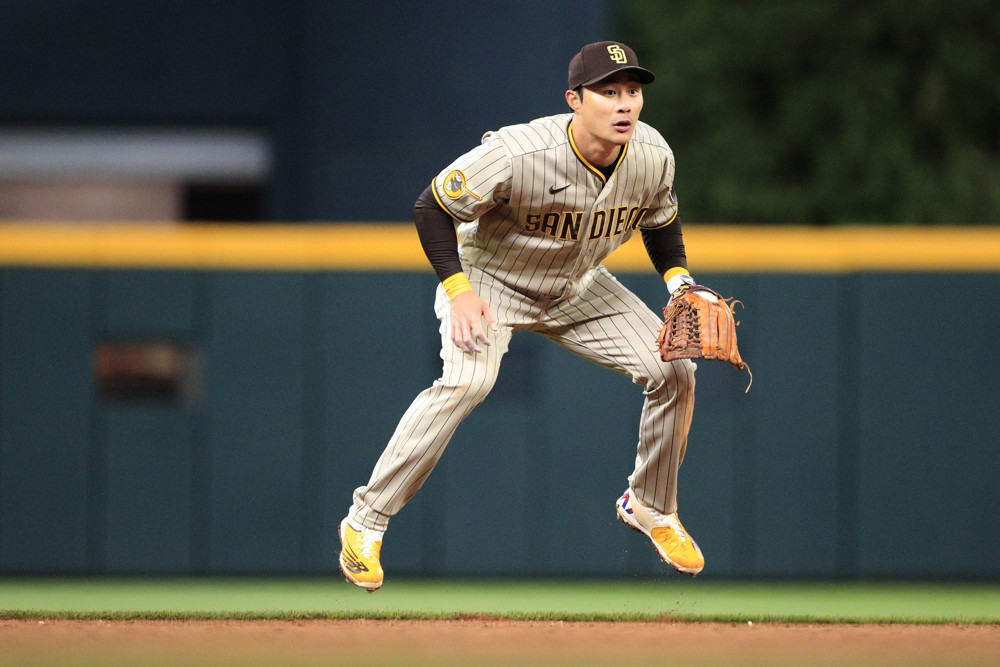
For Seattle, this matters because signing Kim would do more than just plug the hole at third base. He would give the Mariners the flexibility to shift players around their infield as prospects develop or unexpected opportunities arise. Instead of trading a package of young talent for a short-term answer, Seattle could add Kim and maintain roster control, budget flexibility, and prospect depth—exactly the kind of efficient roster building the club has preached for years.
In short, Kim’s appearance on the market gives the Mariners a rare chance to address multiple needs with one move.
Mariners may see new infield lane emerge after Ha-Seong Kim’s opt-out
The recent development holds real significance for Seattle because it effectively reopens a pursuit the Mariners explored last offseason but never completely walked away from. If the club wants to add a versatile infielder—someone capable of handling third base on a regular basis while also serving as a backup option in the middle infield—this opportunity represents the clearest, most efficient way to do so.

To understand why this news matters, some background is useful. Kim began the 2025 season on the injured list after undergoing surgery to repair a torn labrum in his right shoulder, which delayed his debut until early July with Tampa Bay. After finally returning, he dealt with occasional smaller physical setbacks, limiting him to only 48 games before being traded to Atlanta in September.
More: Giants officially claim unsung hero from rival in latest 40-man roster shuffle
The limited playing time makes it hard to fully evaluate his performance for the year, but it also keeps his price tag from skyrocketing on the free-agent or trade market. What those 48 games do not erase, however, is who Kim was before the surgery: one of the best defensive infielders in the league, a player with excellent instincts, strong on-base skills, consistent contact, and surprising power relative to his frame.
That exact type of player appealed to Seattle a year ago, and given the current construction of the roster—and how quickly the market tends to dry up for infielders who can both hit and defend at multiple positions—the fit arguably makes more sense now than it did then.
The role is easy to envision. Kim becomes the primary third baseman, giving Mariners manager Dan Wilson an everyday defender at the hot corner who improves the infield as a whole. But Kim’s value goes beyond one position. His versatility allows Seattle to use him as a strategic release valve when juggling playing time among their other young infielders. Against certain right-handed pitchers, he can give J.P. Crawford a break at shortstop.
More: Cardinals trade 8-time All Star, clearing the largest logistical barrier
On other days, he can rotate at second base alongside Cole Young to create advantageous matchups. The flexibility helps ensure that everyone stays fresh without forcing the Mariners to choose between offense and defense. In essence, the club gains a player who upgrades third base immediately while simultaneously making the entire infield unit more stable.

Importantly, this is not about blocking prospects. Seattle has several young players—Young, Ryan Bliss, and the rapidly advancing Colt Emerson—who the organization wants to develop into long-term starters. Bringing Kim into the fold doesn’t shut down those paths; instead, it raises the baseline quality of the infield while those young hitters adjust to big-league pitching. The end result would be cleaner defensive games, more competitive at-bats at the bottom of the lineup, and fewer situations in which preventable defensive mistakes lead to early deficits Seattle struggles to erase.
A familiar criticism surfaces quickly: Isn’t Kim just the right-handed version of Adam Frazier? The comparison might make sense superficially, but it collapses under scrutiny. Frazier’s 2022 season in Seattle is a reminder of what happens when a contact-only hitter lacks the ability to drive the ball, particularly in a ballpark where the marine layer can knock down fly balls.
Kim profiles differently. While his average exit velocity resembles Frazier’s, his hard-hit rate tells another story. In 2025, Kim’s hard-hit percentage jumped dramatically—from 26.7 percent in 2023 to 43.3 percent—despite the fact that he played in fewer than 50 games and was still recovering from shoulder surgery. In the limited sample, the contact he made carried authority. The eye test backed that up: when he was squared up and on time, the ball jumped off his bat.
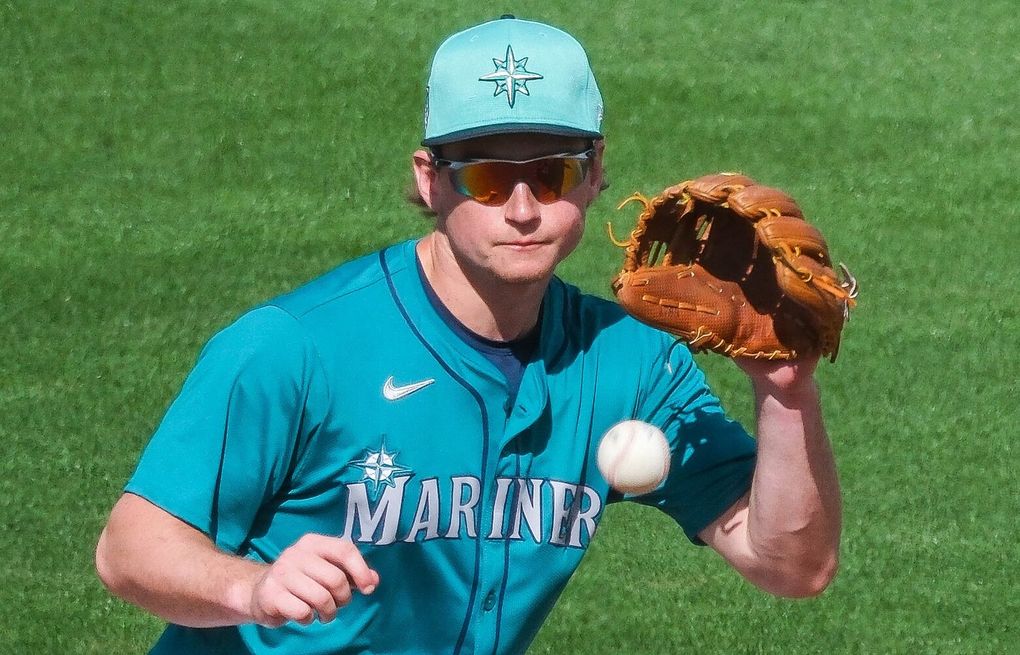
Add in the league’s shift limitations introduced in 2023, which reward hitters who make consistent, well-placed contact, and the projection becomes clearer. Seattle wouldn’t be gambling on luck-driven batting average; they would be acquiring average-or-better offensive value paired with elite defense across multiple infield positions. That’s a fundamentally different bet than the Frazier experiment, who at his peak was a high-contact hitter but not someone whose batted-ball profile translated into meaningful offensive damage.
More: Braves officially make no-brainer move cut ties with top infielder
Of course, the youth movement in Seattle is part of this conversation. There is genuine excitement about the potential of Young, Bliss, and Emerson. Young flashed emerging impact in his first season, Bliss can ambush balls with notable bat speed when his timing is right, and Emerson looks like he’s hurdling toward the majors faster than expected. None of those players, however, eliminates the need for stability during a competitive window. A short-term contract for Kim provides insurance without blocking their growth. He would allow them to develop naturally, not under pressure to carry the lineup.
If Seattle structures the contract smartly—for instance, a two-year deal with an opt-out after year one and incentives tied to games played—Kim becomes a complementary bridge to the next wave, not an obstacle.
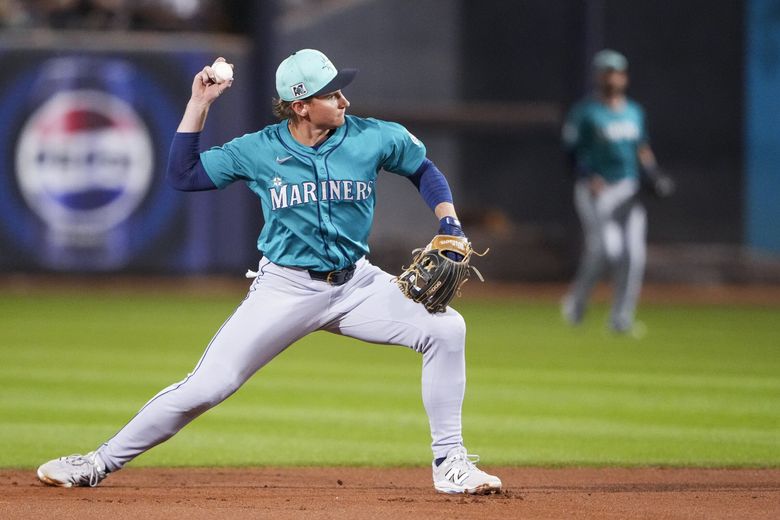
The only major unknown is the medical evaluation. Teams will want clarity on his shoulder and whether the 48-game stretch accurately reflects his readiness for a full workload in 2026. That uncertainty is exactly what could make him affordable.
From a broader view, though, nothing about Kim’s profile or potential impact has materially changed: when he plays, he helps a team win. He impacts the game every night in subtle ways—turning tough double plays, extending at-bats, taking walks, reacting instinctively on defense—that often don’t show up immediately on highlight reels but add up over a season.
Seattle doesn’t need a superstar to unlock the next tier of contention. They need a few fewer stress points—one less position where the performance swings wildly from week to week. Kim provides that. He offers high-end defense at three positions, a disciplined offensive approach with evolving power, and the roster flexibility that allows Seattle’s young talent to integrate into a winning environment without being overexposed too early.
If the acquisition cost stays reasonable because of durability concerns or small-sample evaluation risk, that’s precisely the reason the Mariners should strike quickly. A solution to their infield puzzle may be sitting in plain sight. It’s just a matter of moving before another contender realizes the same thing.

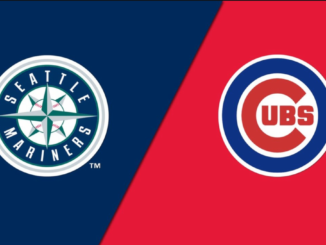
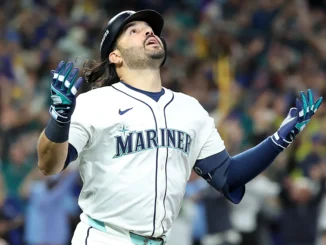
Be the first to comment